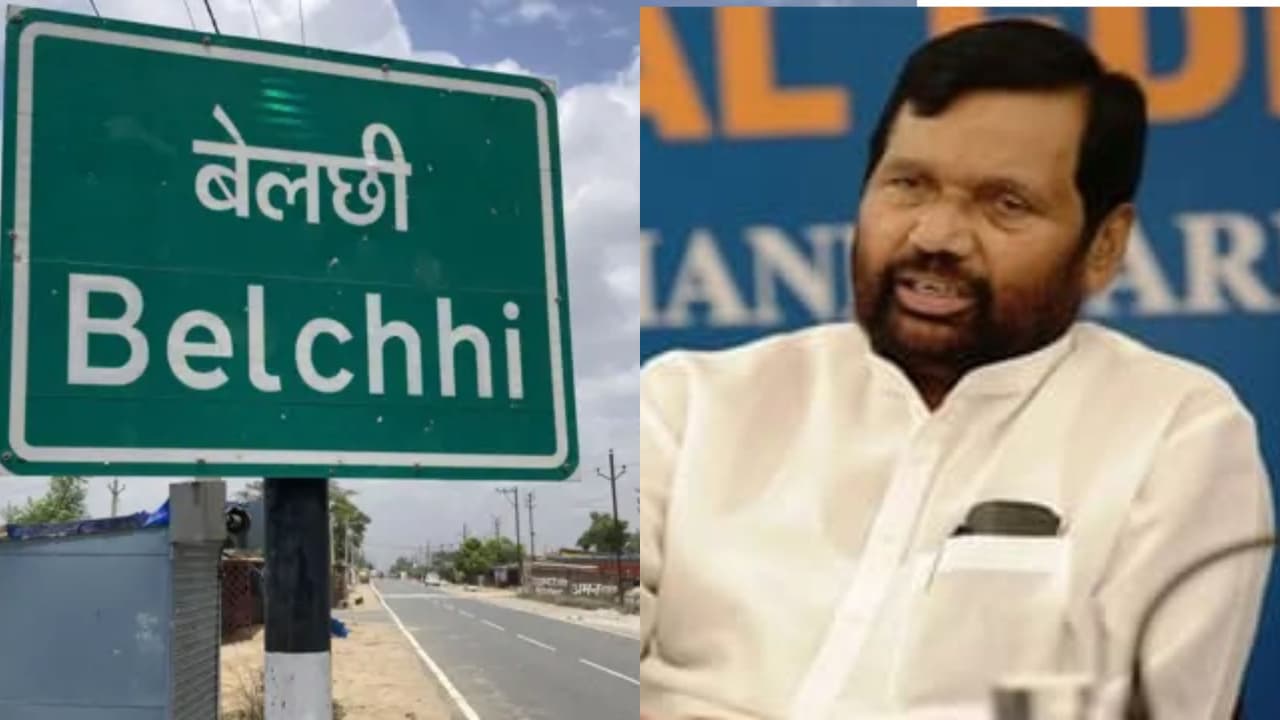After the Belchhi massacre of 1977, MP Ram Vilas Paswan took the ashes of the victims to Parliament. He opposed the government calling it caste violence. This incident established him as a national Dalit icon.
Patna: The date of 29th May 1977 is recorded as a barbaric chapter in Indian Dalit history. In Belchhi village of Bihar, bullies shot 11 landless laborers including nine Dalits (mostly from the Paswan community) and set them on fire. This heart-wrenching incident stunned the entire nation. But it was this tragedy that elevated Ram Vilas Paswan from a local leader to a national Dalit icon. All this happened because of an incredible act inside the Parliament which no one had imagined.
When the incident occurred, Bihar was under President’s rule, which meant that Belchhi came under the direct control of the Janata Party government at the Centre. The irony was that Paswan himself was part of this ruling coalition. But the police tried to hush up the matter and dismissed it as an ordinary ‘gang war’. None of the 85 Dalit MPs present in the Lok Sabha at that time had the courage to challenge this lie of power, except a young and outspoken MP Ram Vilas Paswan.
On July 13, 1977, when this incident was being discussed in Parliament, Paswan did something which was unprecedented in Indian parliamentary history. He secretly took a part of the last remains (ashes) of the shovel victims to Parliament and placed it on the floor inside the Lok Sabha. This was the first and probably the last time that an MP laid human remains on the floor of the House.
This was not just a protest, it was a fiery demonstration against injustice. When the then Home Minister Charan Singh started reading the government report, Paswan stood in the middle and roared, “This report is a lie, this murder is not gang war, but caste violence.” He accused his own government of indifference towards Dalits. It was his outspokenness that created a sensation in the House and caught the attention of the media across the country.
This one incident established Paswan’s image forever. Now he was not just an MP of a party, he had become a strong and fearless voice of the Dalits, who could challenge the government even after being in power. After this incident, Indira Gandhi took full political advantage of it. She herself mounted an elephant and reached Belchhi through muddy roads. This visit prepared the ground for Congress’s comeback, but further strengthened Paswan’s personal image.
Paswan then realized that the fight for social justice could be won only through political power. This incident strengthened his image as a ‘struggle leader’, making him popular among Dalits throughout his career. Belchhi told him that to be recognized at the national level as a Dalit leader required not only principles but also the political ability to wield power and relinquish it at the right time. This was the turning point in his life, which transformed him from an ordinary soldier of politics to a strong pillar of Dalit society, whose stature was higher than even the big leaders of that time.
